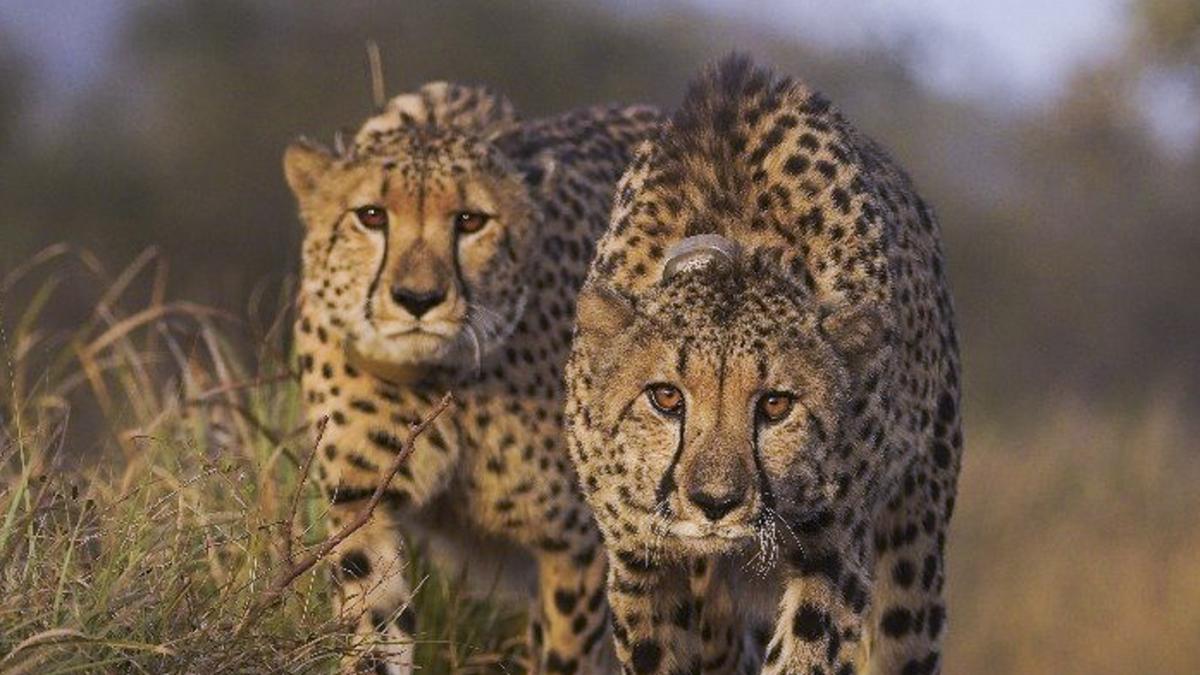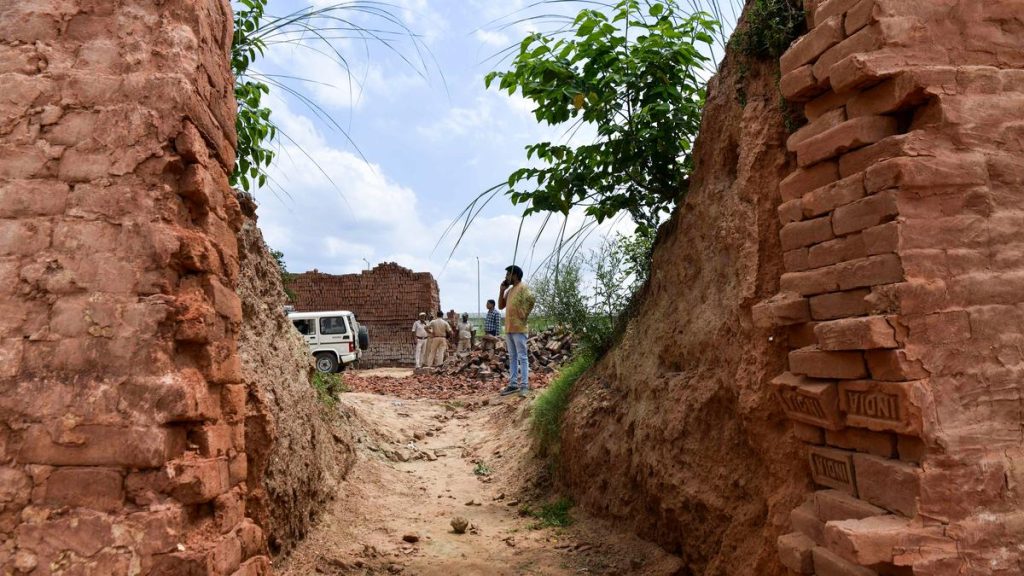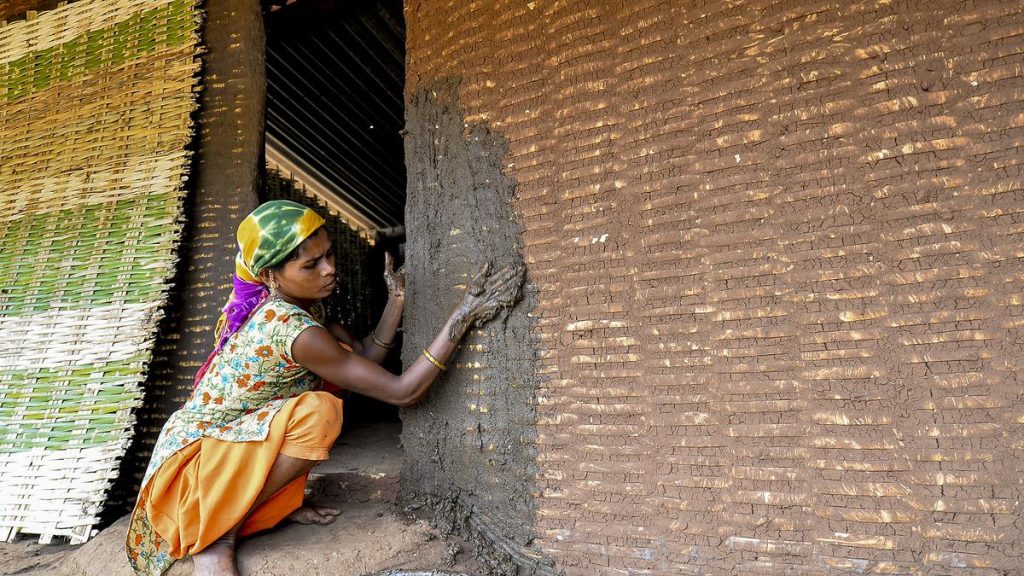Now Reading: Gujarat’s Banni Grasslands Prepared to Welcome Cheetahs, Confirm Officials
-
01
Gujarat’s Banni Grasslands Prepared to Welcome Cheetahs, Confirm Officials
Gujarat’s Banni Grasslands Prepared to Welcome Cheetahs, Confirm Officials

Quick Summary
- Banni Grasslands, Gujarat: India’s largest grassland is prepared for cheetah rehabilitation, including quarantine enclosures and a breeding centre.
- Prey Population Enhancement: Spotted deer have been reintroduced to the area with support from Reliance Foundation,aiming to restore ecological balance.
- Infrastructure Setup:
– A 600-hectare enclosure has been developed, equipped with CCTV monitoring and a veterinary centre.
– Fencing has been installed to prevent infiltration by other carnivores.
- Officials’ Input:
– Final decision on cheetah translocation lies with NTCA and Cheetah Project Steering Committee.
– Veterinarian training was conducted at Kuno National Park earlier.
- Sequential Release Plan:
– Cheetahs may frist be introduced into the Veerangana Durgavati Tiger Reserve in Madhya Pradesh before coming to Banni Grasslands in Gujarat and Shahgarh Bulge region in Rajasthan.
- Historical Context & Updates:
– Project Cheetah launched after cheetahs went extinct in India for over seven decades.
– So far, India received African cheetahs (20 total) from Namibia (2022) and South Africa (2023), of which eleven have survived. They have given birth to 26 cubs; seventeen survived.
Indian Opinion Analysis
The Banni Grasslands project signals India’s robust commitment towards biodiversity restoration through scientifically guided efforts like reintroducing native prey species such as spotted deer.This step mirrors broader aspirations seen under “Project Cheetah,” aimed at reviving an ecological legacy lost over seventy years ago. However, logistical coordination among states-Madhya Pradesh’s Kuno National Park, Veerangana Durgavati Tiger Reserve-and Gujarat’s hosting capacity will test its viability.
Moreover, this initiative stands out globally as an extraordinary attempt at habitat suitability replication between continents while also ensuring long-term environmental sustainability through infrastructure investments like dedicated veterinary centres and surveillance measures. The ultimate success depends upon adaptive conservation strategies balancing wildlife needs with local ecosystem challenges across multiple locations nationwide.
Read more: Link

























